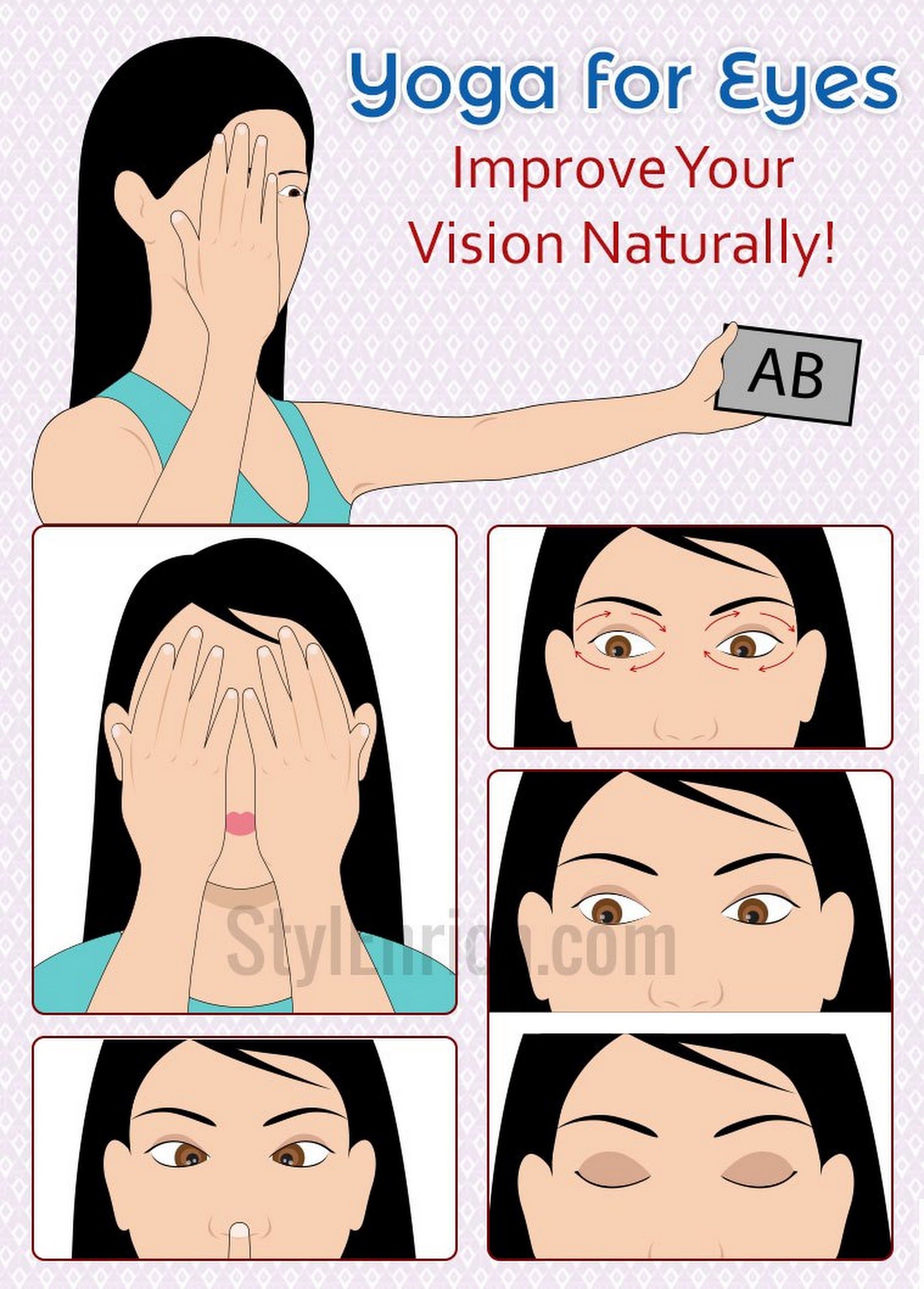
One of the most important poses to practice for lowering blood pressure is the shins down pose. This pose requires you to lift your pelvis and spine column in order to form a bridge-like shape. The legs are then lowered towards the ground. This will result in a relaxed body. This yoga pose can reduce anxiety and stress. There are other health benefits as well. It increases blood flow and oxygen to the brain. It regulates the heart rate and lowers blood pressure.
A benefit to yoga for blood pressure is its ability to improve cardiovascular health. People who don’t know how relax can lead to high blood pressure. It’s important to learn this skill. Savasana (the last position in yoga) is designed to bring peace and relaxation. This can reduce stress and elevate the heart rate. The more you practice yoga, the more you'll benefit.

It is a great way of lowering blood pressure. This pose helps alleviate stress and improves circulation. It is also very easy to do and does not require special equipment. You should practice this child pose on a full stomach. Every posture requires you to be aware of your breathing. Each posture should be performed three times. Each set should be held for at most 30 seconds. Then, repeat three more times.
There are many yoga postures that can help lower high blood pressure. These poses can help you calm your mind and lower hypertension. These poses can relax your muscles and calm your mind, helping you to manage hypertension. You can also find a yogic activity to help lower your blood pressure. So, start your yoga practice today! These poses can be practiced every day to see if they help with your condition.
The child’s pose is a great yoga pose for high blood pressure. This pose releases stress and calms the mind. This forward bending pose improves circulation to the internal organs and lowers blood pressure. You should ensure your forehead touches the floor when you are in the forward bending position. Doing this will help you avoid feeling tired or dizzy. You can lower your blood pressure by doing this yoga pose.

A typical yoga session involves poses, meditation, and breathing exercises. The most important thing about a yoga session? Your breathing. Those who practice yoga regularly can reduce their blood pressure by up to 10 points. For high-pressure patients, this should be done at least twice a day for 15 minutes. You should do this at least three more times per day. Regular yoga practice will help you shed weight.
FAQ
Do I need to exercise every day?
No! No! This could be walking fast enough so you feel slightly out breath or cycling hard enough to sweat.
Is there any benefit to doing yoga?
Yoga has existed since ancient times. It has only recently been more popular. Yoga is now very fashionable among celebrities and everyday people who want to look and feel good.
Yoga is great because it strengthens your muscles as well as stretches them. Yoga is also great for calmening your mind and relaxing.
The main difference between yoga and other forms of exercise is that yoga focuses on breathing techniques.
Different poses can be practiced to increase flexibility and balance.
What is the fastest way to transform my body?
It all starts by changing your mindset. The first step is to decide to change.
Once you have decided you want to make changes, you will need to commit to your fitness goals at least for 3 months.
Then, find a program to fit your life.
Setting realistic expectations is also essential. If you are not ready to dedicate the time and effort to reach your goal, do not spend money on a gym.
Instead, make use of your time outdoors.
Walking around the block for an hour per day will help you lose 1 lb in a week.
Now that you are clear about what you want to do, plan how you will organise your life around this plan.
You should make sure you set aside time each morning to exercise and that you take breaks throughout your day to move.
When you achieve milestones, reward yourself. You might be able to buy clothes and accessories that reflect your accomplishments.
Is it true that overeating protein causes kidney stones?
Protein helps to maintain healthy bones, tissue, and skin. However, too much protein can result in calcium excretion through the urine. This can lead to kidney stone formation.
It is important to remember that not all people get kidney stones from eating more than 2g protein per kilogram (2.2lbs) of body weight. Some people can eat high amounts of protein without getting kidney stones.
You can prevent kidney stones by watching your sodium consumption. Sodium regulates the body's water balance. Too much sodium results in a higher risk of developing kidney stones.
If you have kidney stone, you might also consider reducing your protein intake. The majority of adults need protein for half their daily caloric needs. A reduction in protein intake will likely result in weight loss.
If you do decide to eat more protein, don't go overboard. You should aim to consume less than 20% of your total calories from protein.
How many calories do I need to eat each day?
It varies from one person to another. The average is 2000 - 2500 calories per day. The factors that determine how many calories are needed for you include your gender, age, height, activity level, lifestyle, and gender.
What diet supplement is best to lose weight?
It is important to exercise and eat right in order to lose weight. Some people find certain supplements helpful.
Research suggests that omega-3 fats may aid in weight loss. Omega-3s are essential fats that are important for brain function and cell membrane integrity. They can be found as a part of seafood such as tuna, salmon, shrimp, and cod live oil.
Another study suggests that green-tea might help with weight loss. Green tea contains catechins, antioxidants that may help boost metabolic rate and encourage weight loss.
Statistics
- The PRS enabled risk stratification for overall prostate cancer and lethal disease with a four-fold difference between men in the highest and lowest quartiles (HR, 4.32; 95% confidence interval [CI], 3.16-5.89). (pubmed.ncbi.nlm.nih.gov)
- Get free shipping and 25% off today. (healthline.com)
- Cardmembers earn 5% Back at Amazon.com with a Prime Credit Card. (amazon.com)
- An estimated calorie range for moderately active adult males falls between 2,200 to 2,800 calories per day, depending on age. (eatright.org)
- Candidates and applicants must pass all four tests at 70% (minimum level) to graduate from Basic Deputy U.S. Marshal (BDUSM) Training. (usmarshals.gov)
External Links
How To
What is the best food for men to eat?
Five servings of fruit and vegetables should be consumed daily by men. They must also avoid red meat and fast food.
Vegetables and fruits are rich in antioxidants, which can protect against cancer and cardiovascular disease.
Vegetables include broccoli, cauliflower, carrots, spinach, tomatoes, peppers, cucumbers, lettuce, mushrooms, etc.
Beans and peas have high fiber and protein.
A great source of omega-3 fatty acid is nuts and seeds. Omega-3 fatty acids are critical for brain function and hormone production.
Another good source of omega-3s is fish. The mercury in fish is higher than that of most meats. However, fish liver oil does contain fewer toxins.
It is necessary to have a healthy growth rate and develop your brain.
Poultry is a great source of lean proteins. Chicken breasts are one of the most healthful meats.
Lean beef contains low amounts of saturated fats and cholesterol. However, you should avoid eating too much red meat because too much iron may increase your risk of prostate cancer.
Avoid processed meats such as sausage and hot dogs. These processed meats contain nitrates that can cause cancer.
Exercise is essential to maintaining good health. Even if you exercise regularly, what do you do? What can you do to improve or maintain your physical condition?
The answer is yes There are many things you can do to get the best out of your workouts. Here are some tips for maximising your workout.
Start slowly. Injure yourself if your first session is too intense. Start at a pace where you feel comfortable and gradually build up your intensity over time.
Stretch before and afterwards. Stretching can loosen tight muscles as well as reduce soreness and improve flexibility. You can stretch standing up, sitting down, or walking around.
Cool down. This is especially important when you do cardio exercises. It is important that your body has time to recover from each session so it doesn’t become exhausting. Cool down by walking slowly, taking deep breaths or going for a swim.
Hydrate. Fluid intake is important to keep your muscles hydrated and prevent muscle cramps. Water is the ideal beverage, but sports drinks may also be helpful.
Make sure you eat healthy. You should eat enough calories every day. You will be more focused and energized if you eat regular meals throughout your day.
Get enough rest. You'll wake up feeling refreshed and ready to start your next workout when you sleep properly. You must also get adequate sleep to heal damaged tissues.